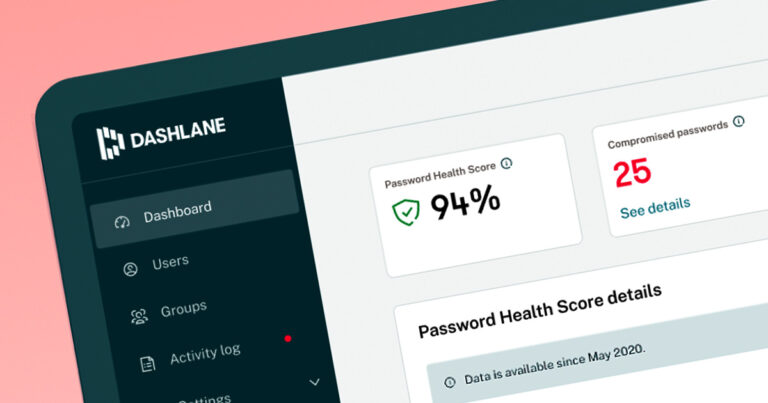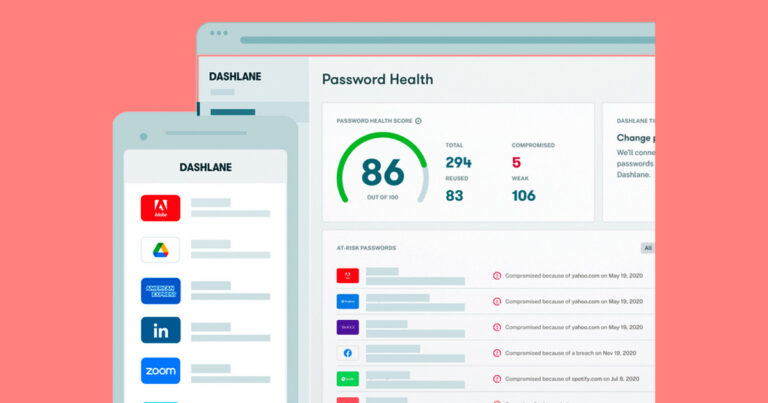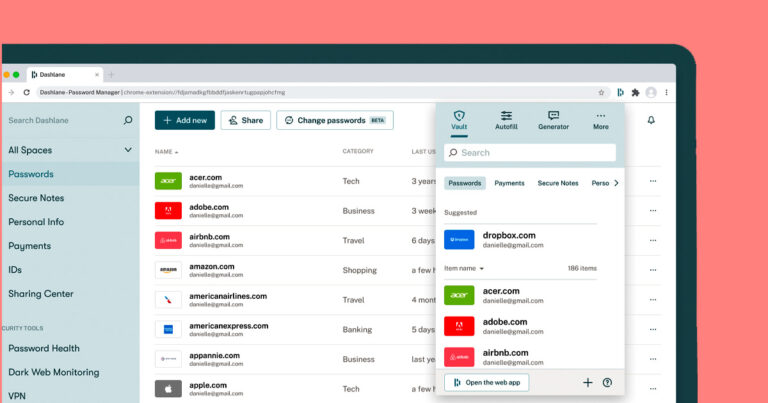Optus Mobile Review ALDI Mobile Review Amaysim Mobile Review Belong Mobile Review Circles.Life Review Vodafone Mobile Review Woolworths Mobile Review Felix Mobile Review Best iPhone Plans Best Family Mobile Plans Best Budget Smartphones Best Prepaid Plans Best SIM-Only Plans Best Plans For Kids And Teens Best Cheap Mobile Plans Telstra vs Optus Mobile Optus NBN Review Belong NBN Review Vodafone NBN Review Superloop NBN Review Aussie BB NBN Review iiNet NBN Review MyRepublic NBN Review TPG NBN Review Best NBN Satellite Plans Best NBN Alternatives Best NBN Providers Best Home Wireless Plans What is a Good NBN Speed? Test NBN Speed How to speed up your internet Optus vs Telstra Broadband ExpressVPN Review CyberGhost VPN Review NordVPN Review PureVPN Review Norton Secure VPN Review IPVanish VPN Review Windscribe VPN Review Hotspot Shield VPN Review Best cheap VPN services Best VPN for streaming Best VPNs for gaming What is a VPN? VPNs for ad-blocking According to Dashlane, Premium is the most popular subscription tier, which costs US$3.99 a month or US$39.96 per year for everything in Dashlane Advanced alongside a virtual private network (VPN), which is a great way to access Hotspot Shield. Finally, there’s Dashlane Family & Friends for US$71.88 a year or US$4.99 per month for everything in Dashlane Premium, plus a Friends & Family dashboard. Dashlane Free, Advanced and Premium are built for a single user. But Dashlane Family & Friends supports up to 10 users, which is a great point of difference over 1Password (five), LastPass (six) and Bitwarden (six). Dashlane is one of the cheapest password managers for individual users, and while it’s slightly costlier for its family plan, the extra users (plus an included VPN subscription) boost the overall value. Handily, if you go the Dashlane Google Chrome extension route, Dashlane has a guided process for adding your first credentials, testing autofill and downloading the mobile app. The ‘Add your first login’ step for Dashlane offers popular websites and also acts as a way to import data, with the following choices:
1Password Bitwarden Google Password Manager Dashlane backup Microsoft Edge Mozilla Firefox KeePass Keeper LastPass Safari
Realistically, you can select any of the options, including “Other CSV’, because all of them except for ‘Dashlane backup’ prompt you to upload a CSV file with your stored credentials. Preview the data you’re importing or just import all of them. Like other password managers, Dashlane advises you to delete the unencrypted CSV and deactivate any other autofill software or extensions that may otherwise interfere with the newly installed password manager. Dashlane’s Google Chrome extension is just as user-friendly as LastPass, recommending commonly used email addresses when creating an account and automatically generating a password that you can one-click accept. There’s a pop-up to prompt you to save the credentials, too, unlike the more manual approaches required from Bitwarden that can lead to accidentally lost credentials. When logging into sites that have saved credentials, Dashlane automatically populates the fields for faster access. This is more convenient than it is secure, but with a few clicks to get into settings, you can activate biometrics unlock and two-factor authentication on new devices, or check the option to prompt you for your Dashlane master password whenever you log in. Outside of that, Dashlane has automated cloud sync, document storage, secure notes, a digital wallet and offline mode. For back-end security, there’s end-to-end encryption, a password strength checker and Dashlane Premium users have dark-web monitoring. Unlike LastPass, Dashlane hasn’t ever had a data breach. Chromebook and Linux are mentioned in older Dashlane blog posts, but the focus these days is on using the browsers or apps. Basically, if you’re using a platform that supports the browsers listed above, you can use Dashlane via browser extension. A high-scoring password manager is one that offers plenty of features. The basics are a given—namely, secure credentials storing, a password generator and autofill—but premium password managers should also offer other features like secure document storage, password sharing and a digital wallet. We also like password managers that offer a free version so users can try before they buy or some other form of trial. Because a password manager’s job is to securely store sensitive data, we appraise security carefully, which starts with military-grade encryption. A good password manager offers end-to-end encryption, biometric authentication options and breach notifications when a user’s credentials may have been compromised. Bonus points for services that can be used as authenticators, offer breach protection, and ones that haven’t had a recent data breach.








